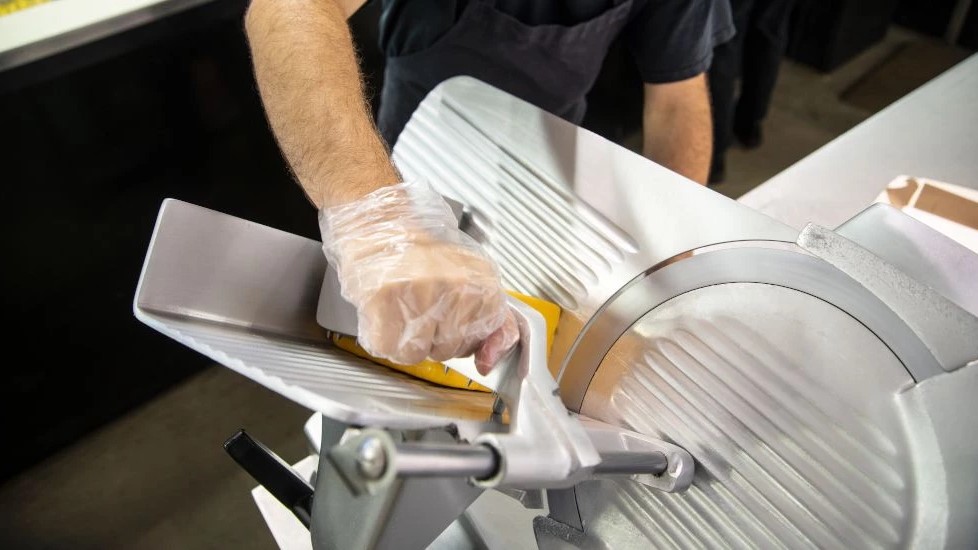Quality Meat Slicers: A Comprehensive Buyer’s Guide
Ever thought about the magic behind those perfectly sliced deli meats? It’s all about the right meat slicer! Dive in and discover the secret to mastering precise, quick, and effortless slicing in your very own kitchen. Unravel the mystery with us, and find the perfect meat slicer for your needs.

Are you tired of uneven, thin, or overly thick meat slices ruining your dishes? If so, a good-quality meat slicer may be a worthy investment. These devices work efficiently to give you perfectly sliced meats every time. However, choosing the right one for your kitchen appliance demands careful consideration. Let’s delve into this comprehensive buyer’s guide to pick the best meat slicer that best serves your needs.
Understanding the Types of Meat Slicers
While meat slicers serve a common purpose to effortlessly slice meats and other food items, their functionality varies. Two principal types of meat slicers include manual and automatic.
1. Manual Meat Slicers:
These are ideal for small home kitchens or outdoor gatherings where portability is key. As the name suggests, manual models require human-operated force to push the meat towards the slicer blade. The user needs to manually move the meat carriage back and forth across the blade to slice. Even though they require a degree of physical effort, they are generally less expensive and have a more compact size, making them an affordable and user-friendly option for home use.
As the premium alternative to manual slicers, automatic meat slicers do most of the hard work themselves. In an automatic slicer, the carriage moves back and forth by motor power–all you have to do is set the desired thickness, place the meat on the carriage and switch on the machine. Automatic slicers offer a quick, consistent, and less labour-intensive solution to slicing large volumes of meat–a must-have for commercial settings like delis, sports bars, and restaurants. However, these features come with a higher cost.
It’s important to note that many advanced slicers offer both automatic and manual modes, giving you versatile slicing options based on your needs and the volume required. They allow for the convenience of automated slicing when dealing with bulk quantities and the option for manual control when precision is needed.
Essential Factors to Consider
When buying a quality meat slicer, keep the following factors in mind:
1. Blade Size: Meat slicer blade sizes typically range from 9 to 14 inches. A larger blade is more versatile and cuts faster, but it’s also more expensive and requires more counter space.
2. Power: Usually measured in horsepower, a more powerful motor means the slicer can handle larger quantities of meat and frequent use.
3. Versatility: Some slicers can handle vegetables, cheeses, and bread, offering great versatility in your kitchen.
4. Thickness Adjustability: Ensure the slicer allows for adjustable slice thickness so you can achieve the perfect slice for all varieties of dishes.
5. Safety Features: Look for features like handguards, a secure grip, and non-slip feet for safety.
6. Ease of Cleaning: Removable parts make the slicer easier to clean, supporting its longevity and hygiene.
7. Durability: Stainless steel slicers tend to be more durable and resistant to wear-and-tear.
Conclusion: Choosing Your Ideal Meat Slicer
Choosing the perfect meat slicer boils down to considering your usage, the slicer’s features, and your budget. By investing in a quality slicer, you can ensure precise and consistent slices every time, elevating your dishes to a whole new level. Be meticulous in your selection to ensure that you find the slicer that best complements your kitchen!
